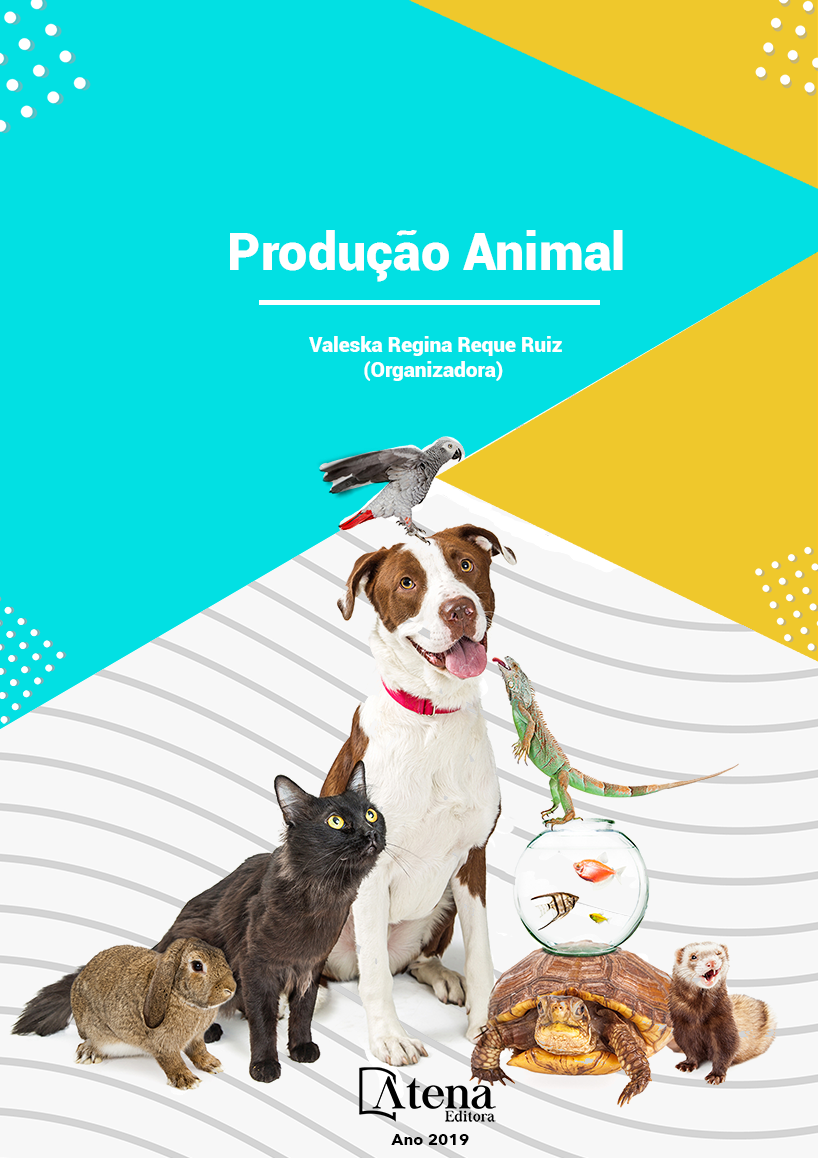
Nutritional value of forage peanut (Arachis pintoi cv. BRS Mandobi) and elephant grass silages
Atena
Nutritional value of forage peanut (Arachis pintoi cv. BRS Mandobi) and elephant grass silages
-
DOI: 10.22533/at.ed.6091915044
-
Palavras-chave: Atena
-
Keywords: Dry matter recovery; ensilage; legume; nutritive value; roughage.
-
Abstract:
Arachis pintoi, commonly known
as forage peanut, is a leguminous plant with
good forage yield and nutritional quality adapted
to the Brazilian environmental conditions and
used in grass/legume pastures or preserved
as silage or hay. In this study, we evaluated the
nutritional value and dry matter losses of silages
produced with different proportions of forage
peanut cv. BRS Mandobi and elephant grass.
Five levels of substitution of elephant grass
(0, 25, 50, 75, and 100%, fresh matter basis)
for the legume were tested in a completely
randomized design with four replicates. The
fiber components of the silages, except lignin,
decreased with higher levels of forage peanut.
Crude protein content and in vitro dry matter
digestibility presented maximum values of
16.9% and 62.5%, increasing by 0.07 and 0.15
units with every 1% of the legume added to the
silage, respectively. Silage pH rose from 3.8
to 5.4, although gas and effluent losses had
estimated reductions of 0.01 and 0.66 units
for each additional unit of the legume. Silages
composed of elephant grass and more than
50% forage peanut improve the nutritional value
of the feed and increase dry matter recovery
of the ensiled forage mass. Silages with these
proportions of forage peanut have high protein
and low fiber contents.
-
Número de páginas: 15
- Luciane Cunha Codognoto
- Gleidson Giordano Pinto de Carvalho
- Ivanna Oliveira Moraes
- Eriton Egídio Valente
- Maykel Franklin Lima Sales
- Judson Ferreira Valentim
- Marlos Oliveira Porto
- Victor Rezende Moreira Couto
- Jucilene Cavali


